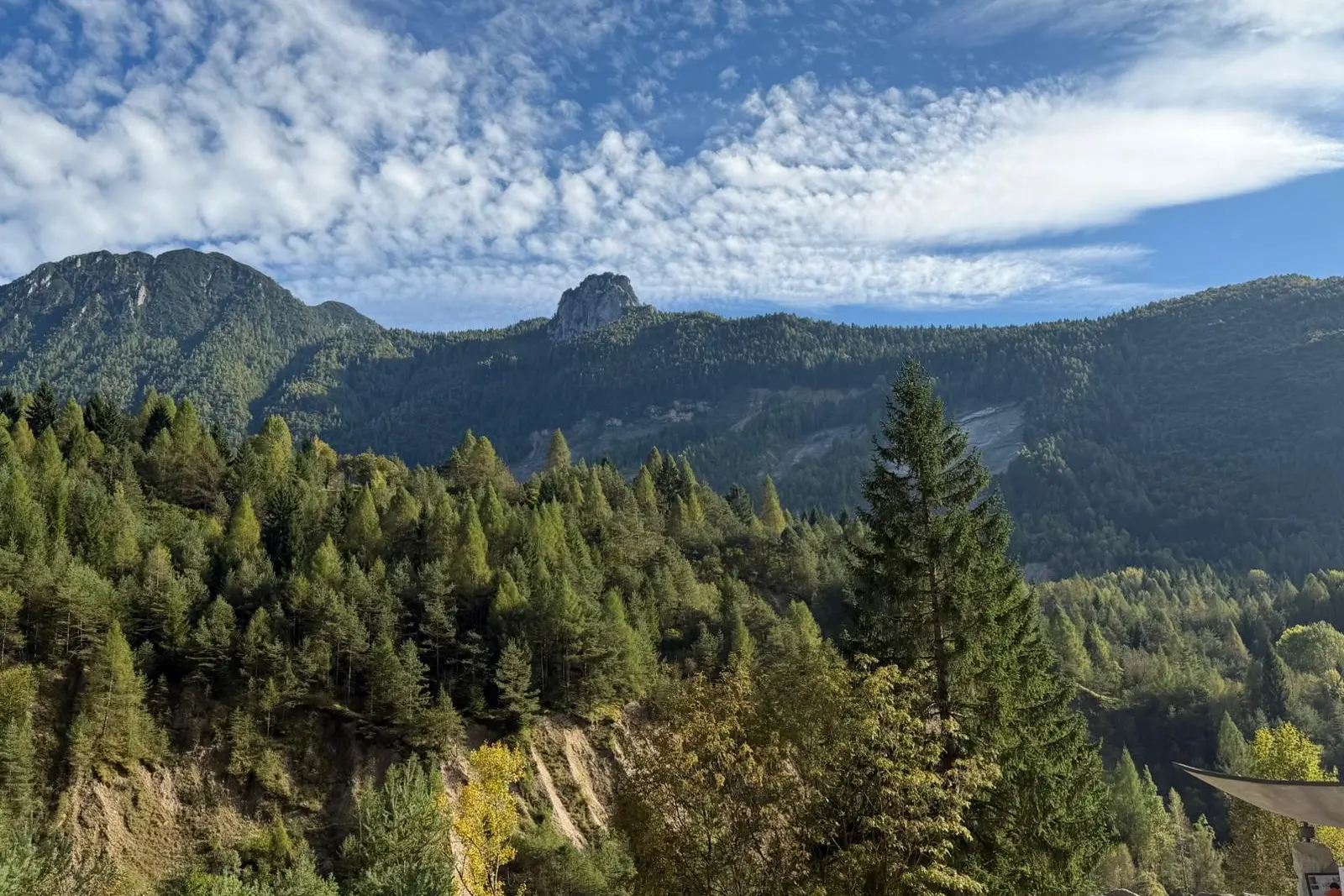Vajont, 62 years ago the tragedy that destroyed an entire valley
On 9 October 1963, a mass of rock equal to 270 million cubic metres broke away from Mount Toc, falling into the artificial lake below and causing one of the greatest civil disasters of the twentieth century.Per restare aggiornato entra nel nostro canale Whatsapp
"A stone fell into a glass full of water, that's all. Except the glass was hundreds of meters high and the stone was as big as a mountain. And underneath, on the tablecloth, were thousands of human beings who couldn't defend themselves."
Thus, with his characteristic imaginative power, Dino Buzzati had recounted the horror of Vajont in the Corriere della Sera .
It was October 11, 1963, two days after a mass of rock equal to 270 million cubic meters had detached from Mount Toc, falling into the artificial lake below and causing one of the greatest civil disasters of the twentieth century.
At 10:39 PM on October 9, 1963, time was shattered. A roar, a shadow, and then nothing. In twenty seconds, the landslide had overwhelmed the reservoir, generating a wave over 300 meters high. Fifty million cubic meters of water rose like a liquid wall, sweeping away villages, homes, and lives.
Part of the wave had lapped Erto and Casso, another had risen up the valley, sweeping away the hamlets of Pineda, San Martino and Le Spesse.
But it was the section that had climbed over the dam—without destroying it—that had caused the most horrific catastrophe: in a matter of minutes, Longarone and its hamlets were razed to the ground. The Piave River was diverted, the railway crumbled, the land stripped of life.
The toll was apocalyptic: 1,917 dead, approximately 400 of whom were never found. 895 homes destroyed, 205 businesses wiped out, entire families erased from the record of history. Longarone no longer existed.
Yet Vajont wasn't a fatality, but a tragedy waiting to happen. A mountain that screamed its distress, and no one wanted to listen.
Between 1957 and 1963, the morphology of the Vajont Valley, on the border between Friuli-Venezia Giulia and Veneto, was radically changed with the construction of a colossal dam: 263.5 meters high, the largest double-curvature dam ever built at the time.
The goal was to power the Soverzene power plant by collecting water from all the Cadore reservoirs. A monumental undertaking, but built on fragile foundations: the geological uncertainty of Mount Toc, the lack of knowledge of the area, and the lack of adequate regulations requiring in-depth studies of slope stability.
Only in 1959, when a landslide in the Pontesei hydroelectric basin (BL) had sounded the first alarm bell, were new investigations commissioned.
Geologist Leopold Müller, along with Edoardo Semenza (son of the dam's designer) and Franco Giudici, concluded that a huge prehistoric landslide, dormant but potentially unstable, was present on the northern slope of the Toc. Subsequent reservoir tests confirmed their fears: kilometers-long fissures, partial landslides, and rogue waves. Yet, work continued.
On September 26, 1963, they attempted an emergency evacuation, but it was too late. The landslide was accelerating. By the morning of October 9, 30 cm of slide were recorded per day. Then night fell and the mountain collapsed.
In 2008, the UN called Vajont "a classic example of the consequences of engineers' and geologists' failure to understand the nature of the problem they were trying to solve." In that narrow, dark valley, man had dared to challenge the mountain without listening. And then the mountain took everything.
Today, Vajont stands as a warning. A painful watershed in the memories of the affected communities, but also a universal symbol of the limits of human ambition and the arrogance of technology when respect for nature is forgotten.
Today, more than sixty years after that starless night, we still have a duty to remember. Not only the victims, but also the questions never fully resolved, the responsibilities blurred between technical relations and economic logic, the unheard voices that could have changed the course of history.
